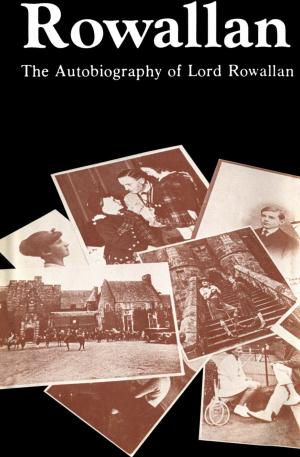Key Valley Railway
The Railway That Ran to a River …and Stopped.
Biography & Memoir, Business, Historical| Author: | Craig Dunn | ISBN: | 9781894747974 |
| Publisher: | White Mountain Publications | Publication: | February 19, 2014 |
| Imprint: | Language: | English |
| Author: | Craig Dunn |
| ISBN: | 9781894747974 |
| Publisher: | White Mountain Publications |
| Publication: | February 19, 2014 |
| Imprint: | |
| Language: | English |
The Key Valley Railway was located in the Muskoka region, a major area for logging in the province of Ontario from about 1919 until 1935. Sixteen miles long, the railway connected to the CPR main line at Pakesley, ran on the north side of the Key River to Lost Channel on the Pickerel River, and stopped.
It's primary function was to move the enormous amounts of lumber being logged in that area to market. The busy season for passenger travel was the autumn of each year as over 1,500 hunters moved into camps on the Pickerel River.
The Key Valley Railway, being privately owned, did not come under the same laws established by the Canadian Transportation Board as other railroad companies did concerning the carrying of passengers. The Key Valley posted a notice that bluntly stated, "passengers traveled completely at their own risk" and that "the railway would not be responsible for any injuries or deaths."
A must for train enthusiasts, and fascinating for historians.
The Key Valley Railway was located in the Muskoka region, a major area for logging in the province of Ontario from about 1919 until 1935. Sixteen miles long, the railway connected to the CPR main line at Pakesley, ran on the north side of the Key River to Lost Channel on the Pickerel River, and stopped.
It's primary function was to move the enormous amounts of lumber being logged in that area to market. The busy season for passenger travel was the autumn of each year as over 1,500 hunters moved into camps on the Pickerel River.
The Key Valley Railway, being privately owned, did not come under the same laws established by the Canadian Transportation Board as other railroad companies did concerning the carrying of passengers. The Key Valley posted a notice that bluntly stated, "passengers traveled completely at their own risk" and that "the railway would not be responsible for any injuries or deaths."
A must for train enthusiasts, and fascinating for historians.















